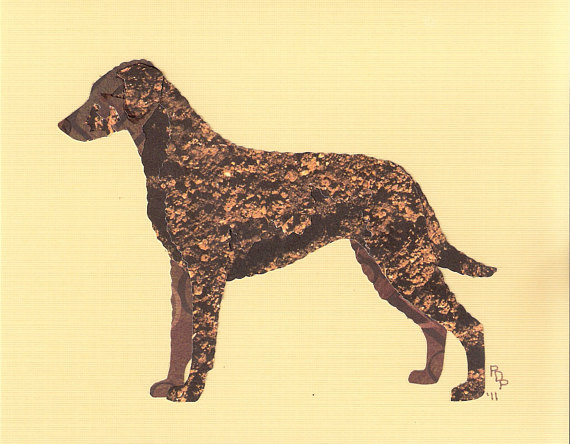
These days, any reference to the term, “Meat Dog,” makes us run as far away from the source as possible, and you probably have the same reaction, as well. We’re happy to quell your fears that in this post, the mention of “meat dog” has nothing to do with cuisine. It’s safe to keep reading.
The evolution of gun technology and how it’s been applied over history has had far reaching effects. Historians speculate that the only reason Constantinople fell in 1453 and not a thousand years before is because cannons (big guns) were brought to destroy the walls. Guns changed naval warfare, gave birth to the modern army, and leveled the playing field when smaller, weaker individuals had to defend themselves against strong, larger opponents. It not only changed how we hunted, it gave rise to new dog breeds. As guns evolved, hunting birds changed from driving them out of bushes to shooting them in flight, and breeds of the time just couldn’t be trained to retrieve birds. When wing shooting with rifles became practical and accessible, the effort to create a dog that could do what hunters actually needed their dog to do began in earnest.
Early crosses of British water spaniels with various gun dog breeds and retrievers, such as the English Water spaniel, Retrieving Setter, Irish Water Spaniel, Poodle, and perhaps the St. John’s Water Dog, resulted in the Curly-Coated Retriever. By 1860, the breed’s phenotype was set; gameskeepers so valued the Curly’s ability to located and retrieve missed game following a gentry hunt that they referred to the breed as the “meat dog” because it could put dinner on a working man’s table.
Image: Curly-Coated Retriever by created from 10 to 20 individually hand cut pieces of paper, layered and mounted on color stock so that no two are the same, by Patricia Peters – CanineCutUps
https://www.etsy.com/shop/CanineCutUps
